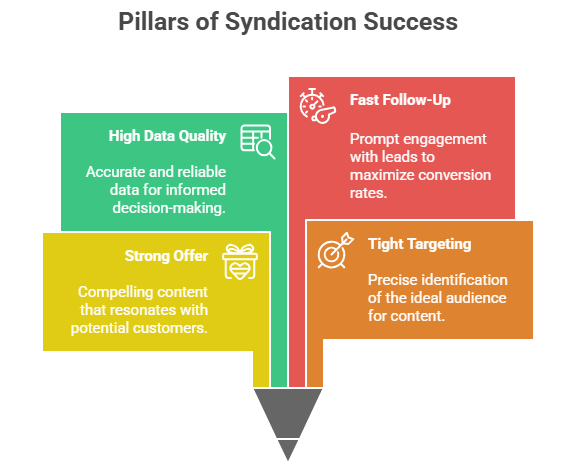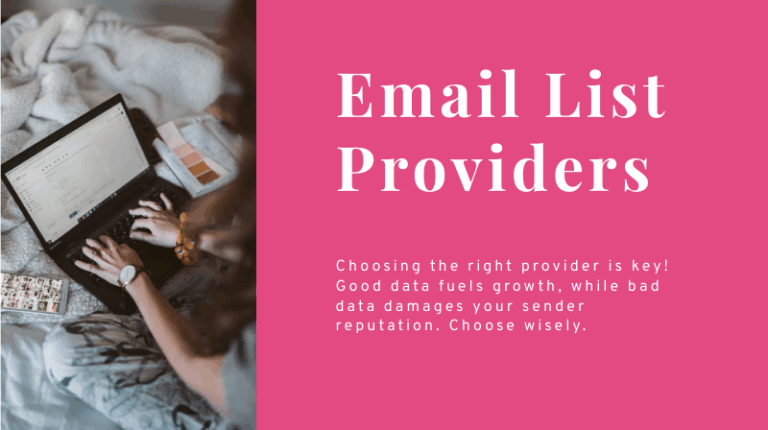
How much of your data is accurate, normalized, and instantly available to you? If you’re like most B2B companies, you could be mistaking quantities of data for quality data. According to a 2016 Experian poll of B2B organizations, nearly 75 percent of marketers were not fully confident in the accuracy and accessibility of their information. The problem wasn’t a lack of data but insufficient controls on data quality.
Quality and Quantity
As more businesses seek to differentiate themselves through better customer service, data becomes a key differentiator. With it, you’re able to understand and anticipate your audience’s needs better. Insight into your customer base is fundamental to providing what they need, and volume alone only goes so far. Data is no longer a static collection of facts but a dynamic resource that lets you visualize your customers more clearly.
With any data collection method, there’s a sweet spot within which quality and quantity are balanced. Casting a net of just the right size and shape lets you preserve as many records as possible while excluding invalid data from the outset. Some ways to gather better data include:
- Creating forms that screen initial data quality before accepting input
- Developing progressive forms that minimize user errors
- Replacing user-entry blanks with buttons, pull-down menus, and presets
- Requiring relevant input, such as business email addresses or local ZIP codes
Normalize and Standardize
Data has to be put into a standardized format to allow you to manipulate it easily. Some of your data comes in a standardized form from the start, such as ZIP codes, but other pieces of data may not look quite alike to your database. Phone numbers, for example, might be written with parentheses around the area code, dashes between each section of numbers, or periods defining number groups.
Making forms that automatically standardize entries will help with future data collection, but how do you migrate data you already have that may be in different formats? Normalization is the answer. Your database manager can go over your data and assess what it will take to normalize it for export or migration. Database services can then remove duplicate information and cleanse your remaining data so it’s optimized for use.
Deeper Insights
What kinds of data do you collect? Contact data is vital, but so is demographic and firmographic data to add context to those isolated names and numbers. You can drill deeper and discover behavioral and psychographic information that can tell you even more about your leads. Finally, with a well-maintained and fully mature database, you can correlate whole clades of information and derive new insights from your data.
Do your best customers have something deeper in common than their buying histories? Is there a relationship between location, industry, and buying frequency? Better data can provide the answers, and once you know more, you’re able to sell more.
© Reach Marketing LLC 2017 All Rights Reserved.



